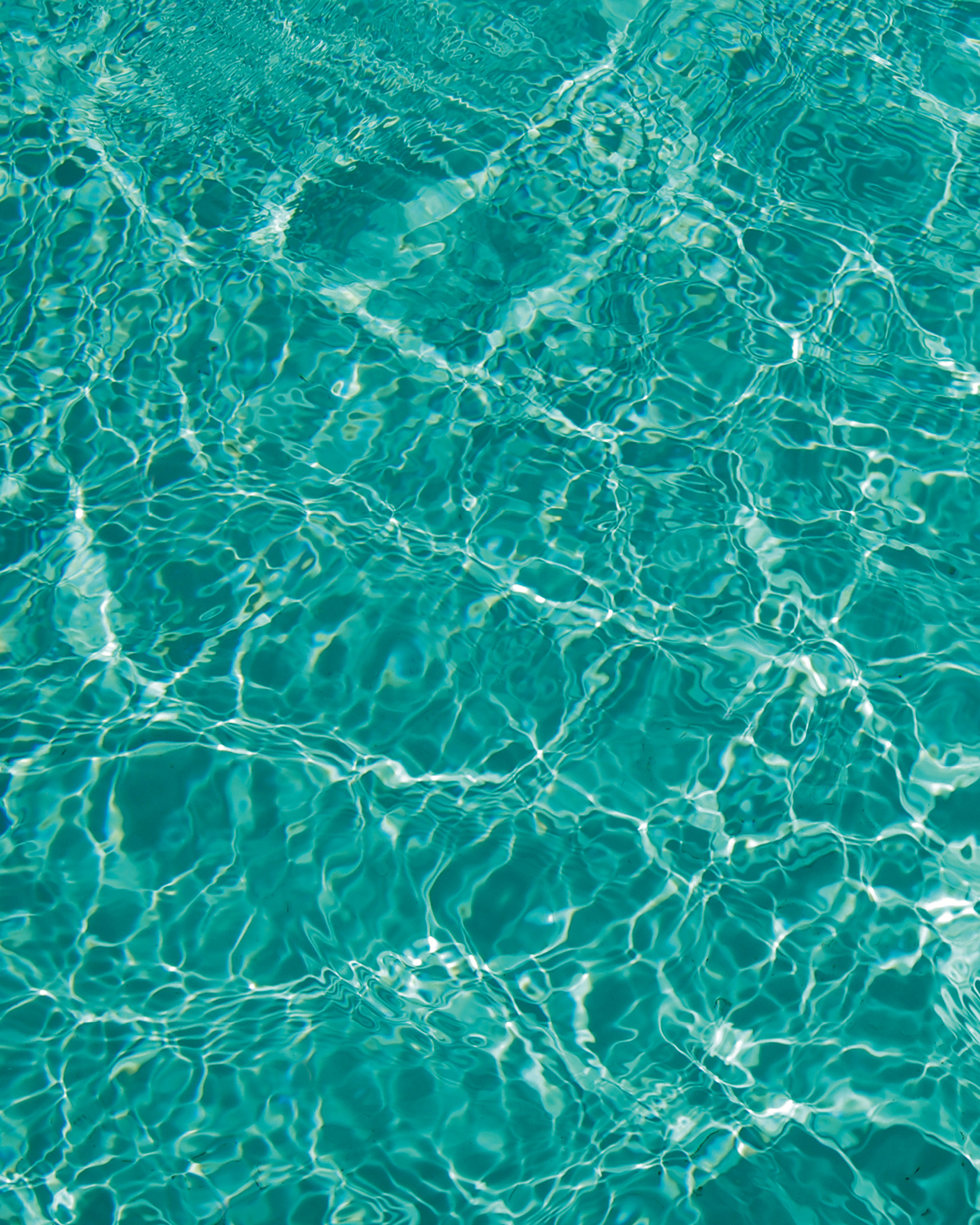Colors / Teal
Class, warfare
Mary Walling Blackburn
“Colors” is a column in which a writer responds to a specific color assigned by the editors of Cabinet.
Lovers and infants and radicals choose night: its interiority; its dispensation of time; the hook of the mouth to the breast; the indistinct starlight that cloaks furtive movements, tender and militant.

Teal, as color and concept, is the antithesis of night. Teal takes noon. Under the zenith of the sun, Miami Dolphins scrimmage; encircling their stadium is a blue-green string of chlorinated pools. Lovers, infants, and radicals: it is time to swap night for day. In the bright of day, radicals will take the stadium, without resorting to the South American and European legacies that used these structures for mass torture and execution. The pools will be stocked with scores of infants, like rainbow trout. Lovers, as designated go-betweens, will deliver messages from the infants to the radicals. They will make out along the way. Perhaps I am invoking utopia, as Paolo Virno might claim, in the service of escaping the condition of being “encaged and enclosed in an eternal present.” My eternal present does not include enough of the night and is touched sometimes by the toxicity of teal things: Gumby dolls, football uniforms, Lamborghinis, plastic hair clips, dental amalgamate, pool paint, medical scrubs, rock climbing gear, casino chips. Think of this essay as a light exorcism; the disclosure of noon. We start by expunging Matisse. Below, the first incantation:
Teal rug and turban
Teal door and post
Teal blouse and chair
Teal wall and shore
Teal pantaloon and curtain
Teal shadow and statue
Teal paw and nose
Teal bow in braid
Teal brow (self-portrait)
Teal book
Teal air
(a truncated list of teal objects in Matisse’s paintings)
If teal has an interiority, it cannot be located. Like the sun, it is experienced as surface. Unlike the sun, it is classed. This color cannot be uncoupled from a middle-class dilemma where the tedium of work is temporarily expunged by vacation, only to be territorialized by the tedium of leisure tinted teal (cruise ships in teal waters, the teal details of airports, casino golf courses under teal desert skies). Without paid leave, the working class settles for teal-colored fashion accessories, whereas the elite prefer turquoise. But turquoise and teal are near equivalent—we stabilize the difference by assigning one to rock and one to duck.
Despite the class descriptors mobilized by teal, can another political imaginary be invoked, the color now doing the work that red once did? To conjure forty women crossing a border under the cover of teal-colored smoke bombs seems more music video or fashion shoot. The forty women, holding forty teal-colored guns generated by a plastic printer, will kill the poachers. Their long, milk-colored legs are covered in thick black down. The beauty of their resistance becomes entangled in the physical beauty of the forest, their bodies, and their accoutrements. Commerce shadows, and the visual dimension of their resistance is devoured and repurposed. So there is the work of resistance, and then there is the work of resisting the aestheticization of the resistance. After a color’s initial revolutionary life is terminated by commodification, can yet another iteration emerge, incorporeal and purified? Since teal has been repurposed, what can it engender?